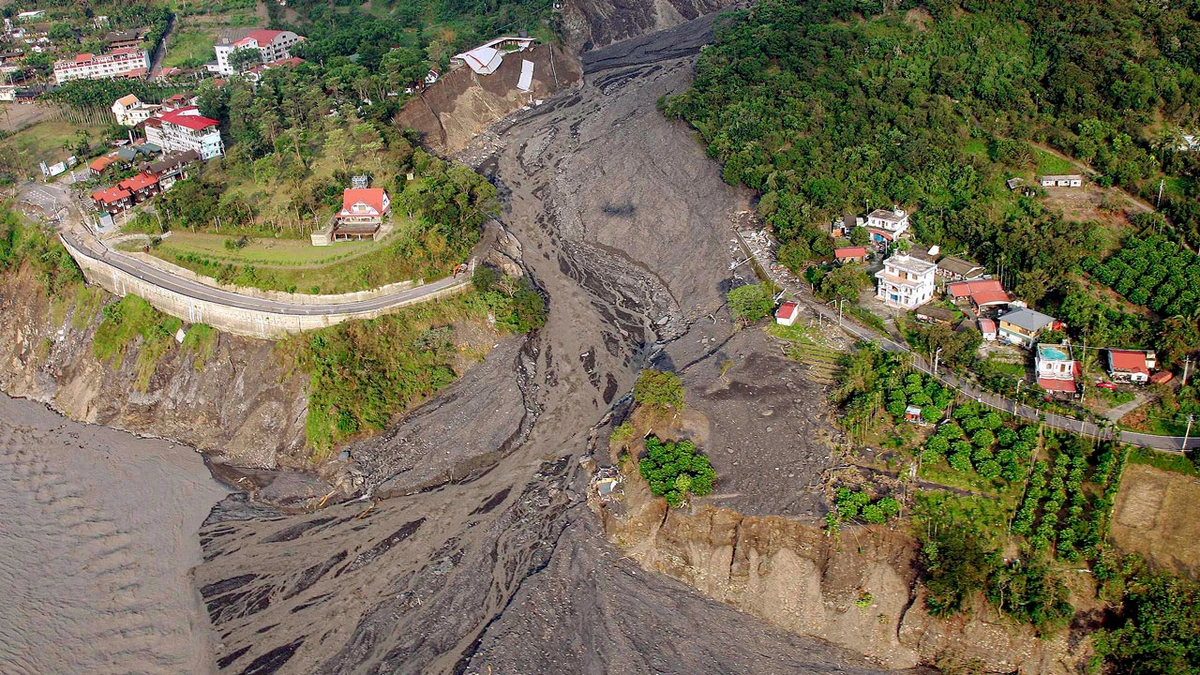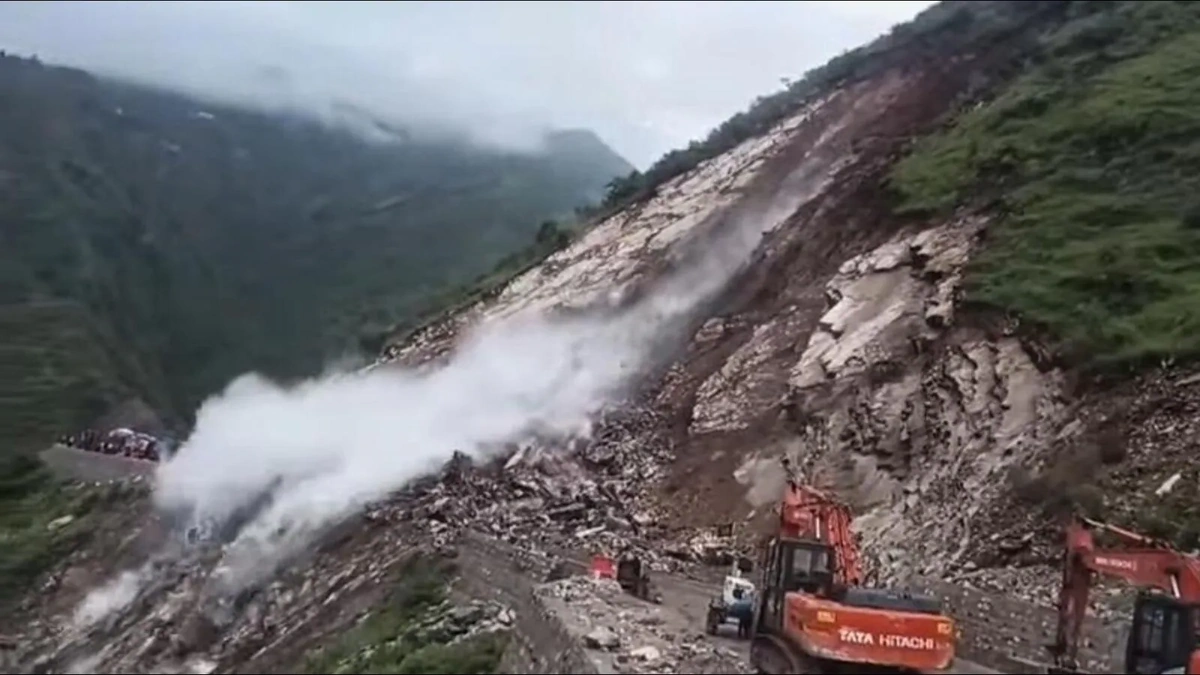Darjeeling Landslides | At Least 24 Dead, Rescue Efforts Ongoing
The news from Darjeeling is heartbreaking. At least 24 lives lost, and rescue efforts are still underway after devastating landslides . But beyond the headlines, the big question is: why are these landslides happening with such increasing frequency, and what can be done to prevent future tragedies? It’s a question that demands a deeper look, especially for us here in India, where the delicate balance between development and environmental protection is constantly being tested.
The Shifting Ground | Why Darjeeling is So Vulnerable

Darjeeling, with its stunning tea gardens and breathtaking views of the Himalayas, is a region geologically predisposed to landslides. Here’s the thing: the area is part of a young, fragile mountain range, making it susceptible to erosion and instability. The soil is often loose and unconsolidated, meaning it doesn’t hold together very well. Add to that the region’s heavy rainfall – especially during the monsoon season – and you’ve got a recipe for disaster. Heavy rainfall saturates the soil, increasing its weight and reducing its shear strength – basically, its ability to resist sliding. This is worsened by deforestation, a major problem in many parts of the Himalayas. But, the story does not end here.
What fascinates me is how much human activity contributes to the problem. Unplanned construction, road building, and even certain agricultural practices can destabilize slopes, making them even more prone to landslides. It’s a complex issue with no easy answers, requiring a multi-pronged approach. The challenges are significant , but acknowledging the role of human activity is the first step.
Deforestation and its Impact
Let’s be honest, the allure of Darjeeling lies in its verdant beauty. But that very beauty is threatened by the clearing of forests. Trees act as natural anchors, their roots binding the soil together and preventing erosion. When forests are cut down – whether for timber, agriculture, or construction – that protective layer is removed, leaving the slopes exposed and vulnerable. This directly contributes to an increased risk of landslide susceptibility .
The impact goes beyond just the immediate area. Deforestation also affects the region’s water cycle, leading to increased runoff and soil erosion. This, in turn, can exacerbate flooding and sedimentation downstream, impacting water quality and agricultural productivity. It’s a domino effect with far-reaching consequences.
The Human Cost | Stories Behind the Statistics
It’s easy to get lost in the technical explanations of geology and hydrology. But behind every landslide statistic, there are real people, families, and communities devastated by loss. It is a story we see often and it is always as jarring. Think about the fear, the uncertainty, and the sheer helplessness of watching your home – and your loved ones – swept away by a wall of mud and debris. These are not just numbers; they are lives irrevocably changed. Rescue efforts are difficult, often hampered by difficult terrain and inclement weather. Recovery is a long and arduous process, both physically and emotionally.
But amid the tragedy, there are also stories of resilience and hope. Communities coming together to support each other, rescue workers risking their lives to save others, and the unwavering spirit of the people of Darjeeling to rebuild and recover. These stories remind us of the enduring power of the human spirit in the face of adversity.
Solutions and Prevention | A Path Forward
So, what can be done to prevent future landslides in Darjeeling and other vulnerable regions? The answer, as you might expect, is multifaceted. Stricter regulations on construction and land use are essential. Unplanned development needs to be curbed, and building codes need to be enforced to ensure that structures are built on stable ground. Reforestation efforts are also crucial, with a focus on planting native species that are well-suited to the local environment. Terrace farming is another approach that can mitigate the risk of soil erosion .
Early warning systems are also vital, allowing communities to evacuate before a landslide occurs. These systems rely on monitoring rainfall, ground movement, and other factors that can indicate an imminent risk. But for this, advanced landslide monitoring techniques are needed. Community participation is also key, educating residents about the risks and empowering them to take proactive measures to protect themselves and their property. Let me rephrase that for clarity: People should be very wary of their surroundings and informed on how to act in case the situation does arise.
But, there are other ways to prevent landslides as well. One of those ways is to look at building codes and create something that allows for a more stable development on landslide prone areas. We can also see how roads and buildings are being built in these areas and create safer, more effective methods. These will help prevent disasters like these going forward.
The Role of Climate Change | A Looming Threat
And here’s the uncomfortable truth: climate change is exacerbating the risk of landslides in Darjeeling and other mountainous regions. As temperatures rise, glaciers melt, and rainfall patterns become more erratic, the stability of these landscapes is further compromised. Increased rainfall intensity, in particular, is a major concern, as it can trigger more frequent and severe landslides. The need for climate-resilient infrastructure and adaptation measures is more urgent than ever. This isn’t just a local problem; it’s a global challenge that requires a collective response. Ignoring it will only lead to more tragedies in the future.
The situation demands a deeper understanding of the interplay between environmental factors, human activities, and climate change. It’s not enough to simply react to disasters; we need to proactively address the underlying causes and build more resilient communities.
The tragedy in Darjeeling is a wake-up call. It’s a reminder that we cannot take nature for granted and that we need to prioritize sustainable development and environmental protection. The lives lost serve as a powerful testament to the urgent need for action. It’s time to work together to create a safer and more sustainable future for the people of Darjeeling and other landslide-prone regions.
FAQ About Landslides
What causes landslides?
Landslides are caused by a combination of factors, including heavy rainfall, deforestation, unstable slopes, and human activities such as construction and road building. Geological instability also plays a significant role.
How can landslides be prevented?
Landslides can be prevented through stricter regulations on construction and land use, reforestation efforts, early warning systems, and community participation. Proper land management is key.
What should I do if I live in a landslide-prone area?
If you live in a landslide-prone area, stay informed about the risks, follow local evacuation orders, and take proactive measures to protect your property, such as planting trees and stabilizing slopes. Remember to ensure community preparedness for such unfortunate events.
What is the role of climate change in landslides?
Climate change is exacerbating the risk of landslides by increasing rainfall intensity and causing glaciers to melt, further destabilizing mountainous regions.
Where can I find more information about landslides in India?
You can find more information about landslides in India from the National Disaster Management Authority (NDMA) and other government agencies, as well as from research institutions and environmental organizations. Consider looking at local news sources and scientific publications for regional landslide analysis .
What are the long-term effects of landslides on communities?
The long-term effects of landslides can include displacement, economic hardship, environmental damage, and psychological trauma. Recovery efforts often require significant resources and time. Studies indicate that community support is crucial for long-term healing.













